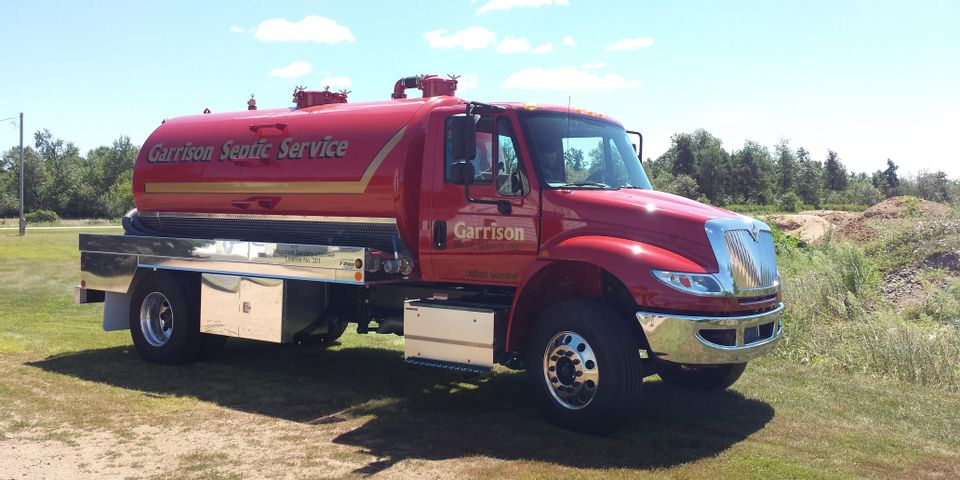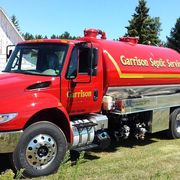
A septic system is necessary if your home doesn’t connect to public sewer infrastructure. Although the system’s purpose is straightforward, you may benefit from knowing how the parts function for proper maintenance and use. Here's a closer look at the three main components.
Understanding the Components of a Septic System
1. Septic Tank
All of a property's waste converges to a single pipe connected to a septic tank made of either one or two chambers. Liquid effluent, or wastewater, filters out of the tank; solids sink to the bottom where bacteria break them down, and matter like oils float to the top. Newer septic system have an effluent filter on the outlet of the septic tank or in a filter basin that will need to be cleaned periodically. To prevent pipeline blockages and leaks, have professional inspections annually.
2. Seepage Cell (Drain Field or Mound)
Liquid waste exits the septic tank or in some cases a pump chamber and enters pipes buried underground. A seepage cell (drain field or mound), safely distributes the effluent flow. Then, soil and sediment naturally purify the flow before it re-enters the groundwater.
Foliage is a risk to seepage cells. Plants with hardy roots, like trees; maple, elm, hybrid poplar and willow tree roots are the worst, they can penetrate the piping's perforation, causing cracks and blockages. To prevent back-ups, don't plant any trees or shrubs around the seepage area. Plant a tree as far from the underground components as the height it will be expected to grow.
Does your home have septic system troubles? Turn to the skilled team at Garrison Septic Service, Inc. in Wood County, WI. Since 1939, the local business has provided top-notch tank services to residents across central and northern Wisconsin. From new system installations to drain cleaning, the full-service team is dedicated to providing high-quality work at an affordable rate. Learn more about their services online, and request an appointment today at (715) 325-7282.
About the Business
(3 reviews)
Have a question? Ask the experts!
Send your question

